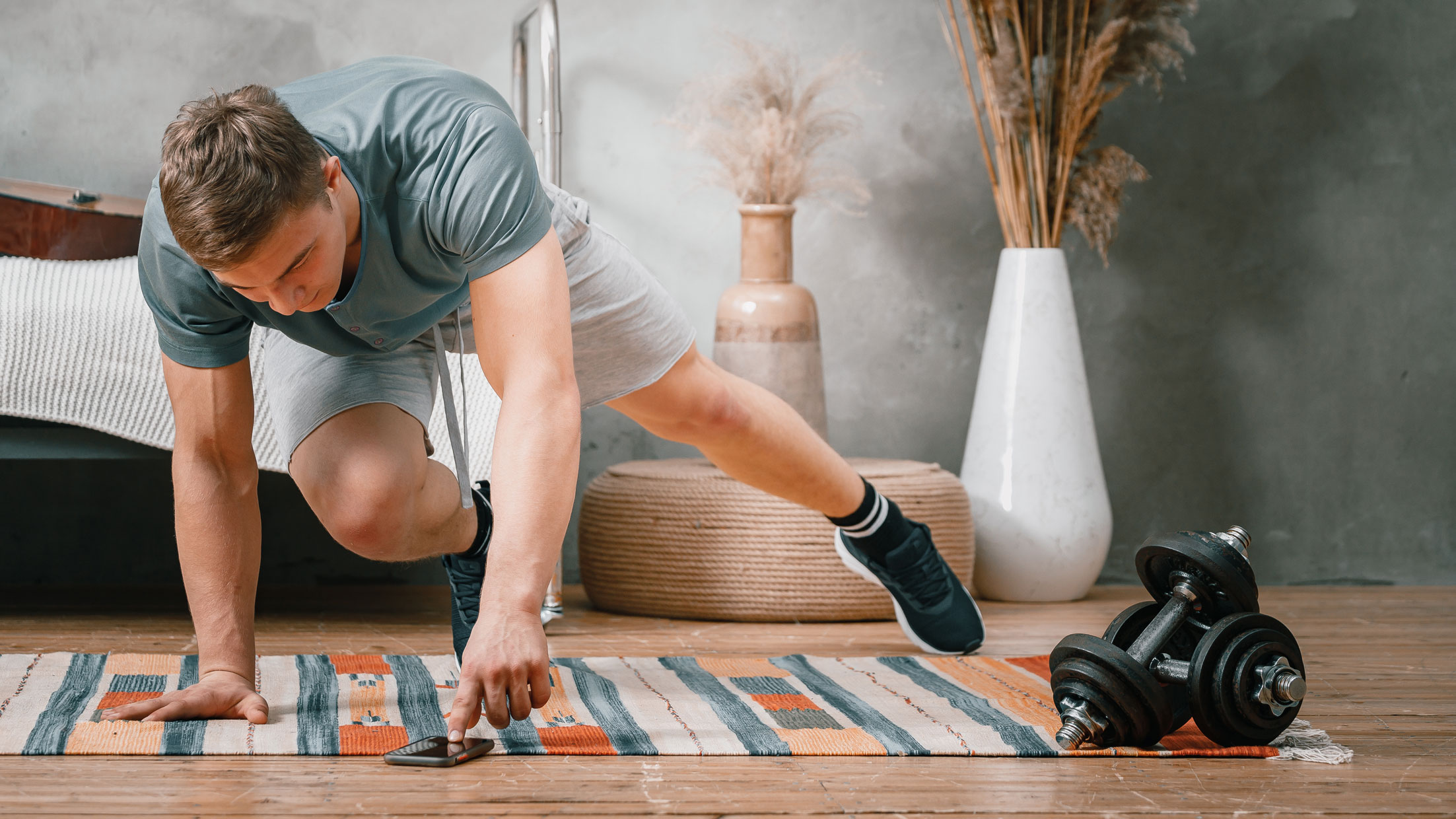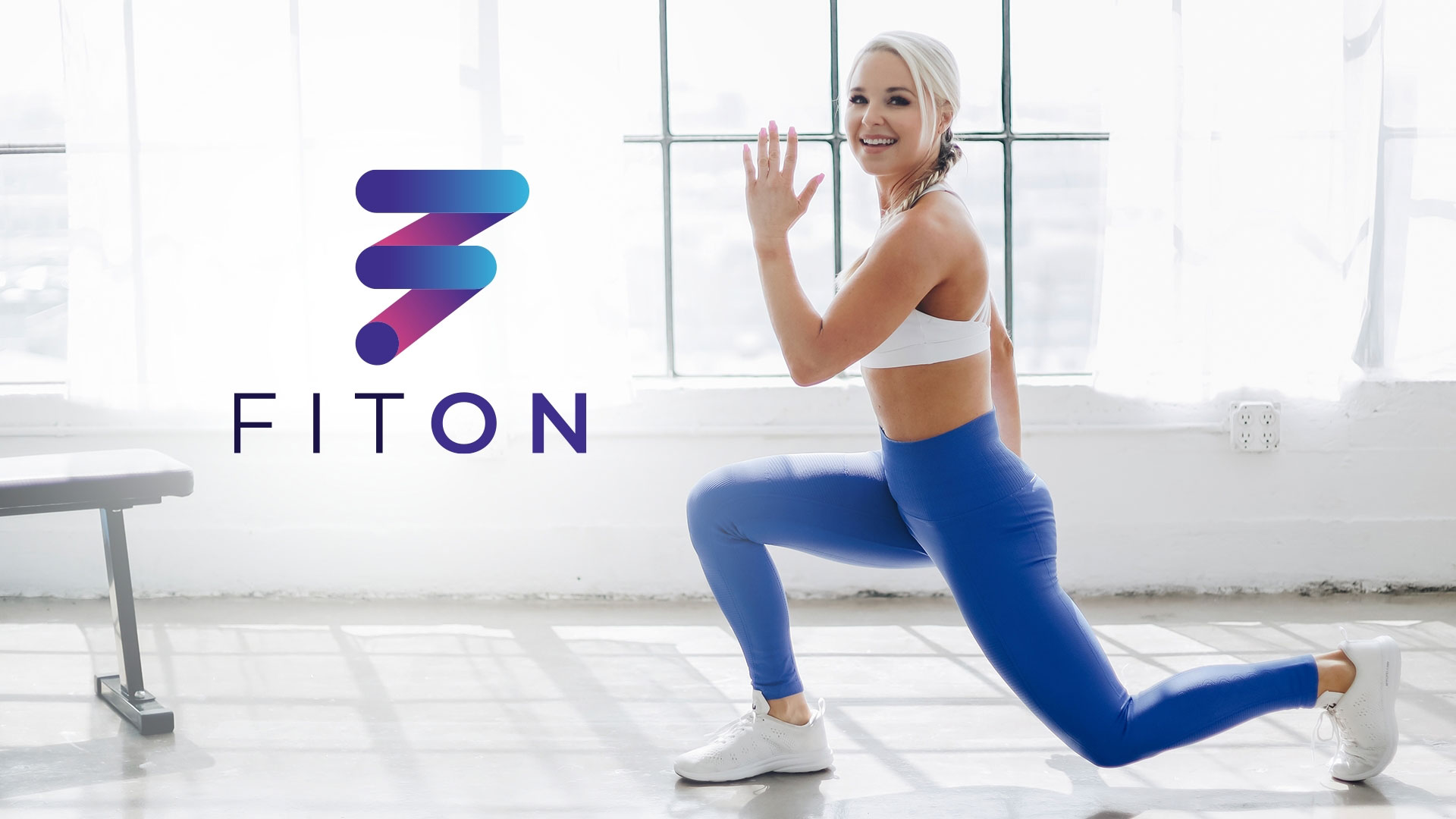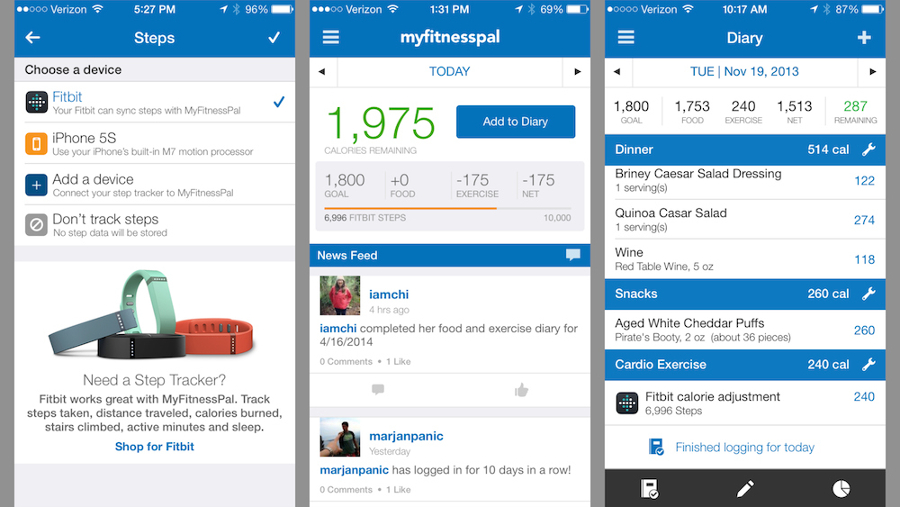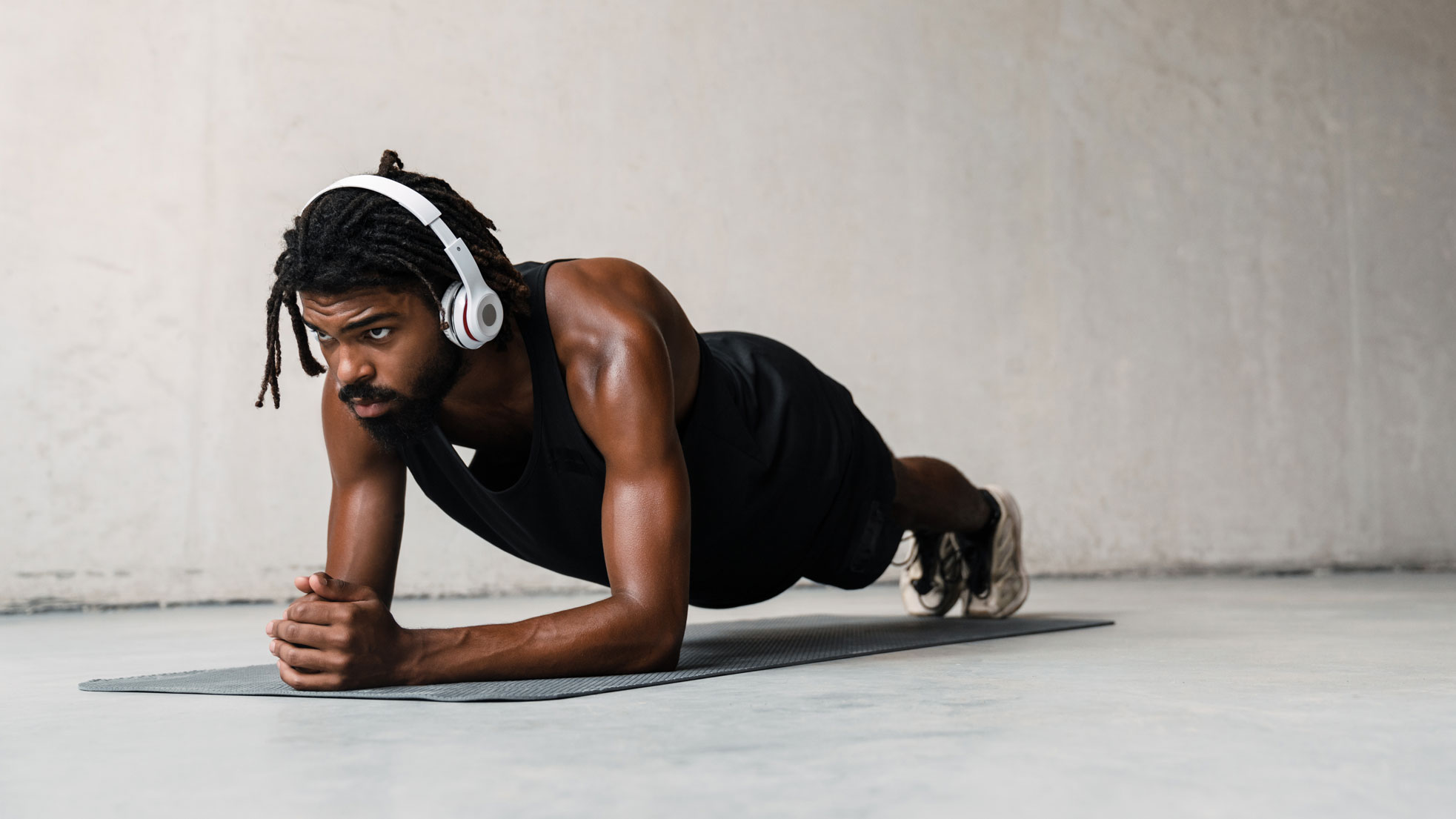Three completely free fitness services that are actually worth using
No personal trainer to guide you? No problem

It’s tough trying to get fit on a budget. From sports equipment such as running shoes and treadmills to smart devices like Fitbits, everyone wants you to buy that special something which will finally get you in shape. But money can’t buy you a six-pack.
In 2020, the global wellness industry was estimated at a value of 4.4 trillion U.S. dollars, according to market research provider Statistia. There’s a colossal amount of buying power being levied across the fitness industry (after all, we offer plenty of advice for millions of people hungry for new fitness products), and most of it is aimed at people looking to get in shape - but many get frustrated, quit and move onto the next quick-fix solution.
You might be looking to break the cycle and get fit without spending lots of money, or you might have been impacted by the cost of living squeeze. It’s not just about no longer buying new products or activewear: anyone now interested in getting fit might be putting off going to the gym, seeing a personal trainer, or attending fitness classes in order to save some money. Just like in the pandemic when gyms closed, home fitness may become the order of the day.
If you’re looking for ways to stay fit and healthy without relying on expensive equipment, classes or personal trainer-devised exercise programs, we can help. Here’s a selection of some of our favorite pieces of fitness software, all absolutely free and backed by qualified personal trainers or peer-reviewed science to help you stay healthy on a budget.
Whether you’re a seasoned exercise enthusiast or you’re looking to get in shape for the first time, these free apps and channels will be a better use of your time than throwing hard-earned money at fitness fads.

1. Exercise classes: FitOn
Those who tried to get fit during the pandemic will remember the boom in YouTube workouts. FitOn, even the free version, is better than YouTube unless you’re looking for something specific. Once you sign up, this app and in-browser service asks you your fitness goals, the amount of time you have to work out each day, and how often you like to work out, and serves you a four-week program of high-quality workout classes from qualified personal trainers, even well-known celebrity PTs.
The key here is “qualified” personal trainers. Although completely free, FitOn was started by a former Fitbit executive in 2019, and it's a high-quality managed platform rather than a free-for-all self-publishing space like YouTube.
Get daily insight, inspiration and deals in your inbox
Sign up for breaking news, reviews, opinion, top tech deals, and more.
YT has its share of reputable fitness content creators like Joe Wicks or Yoga With Adriene, but it occasionally requires a little research to determine whether the workout with millions of views was designed by a qualified fitness professional. With FitOn, you can be reasonably sure its trainers have been vetted and are trusted.
FitOn will often ask you to sign up to its premium version, but it doesn’t change the fact that a good chunk of the content is absolutely free. It calculates a workout plan for you based on your specifications, the presentation is as good as Peloton or any premium service, and it allows you to follow along at home safe in the knowledge that you’re not just picking classes from YouTube at random - you’re completing a structured plan.

2. Food and exercise tracking: MyFitnessPal
The free version of MyFitnessPal, one of the most profitable and popular fitness apps on the Google Play store (again, according to Statistia) is great for tracking your progress. You can manually log a list of the food you consume and the exercise you do, and MyFitnessPal will calculate whether you’re under or over your calorie count for the day. This count chases based on whether your goal is to gain, lose or maintain weight.
The app includes a database of common foods, lots of common exercises, and estimations on how much those individual factors will subtract or add to your calorie total for the day. Running for 30 minutes at an average of 6.5mph, for example, will burn around 377 calories, while a chicken burger and fries might add 565 calories. The database isn’t perfect, and you may frequently find yourself adjusting your calorie count for the day if you’re concerned about it.
However, if you’re coming to exercise for the first time, making the act of recording your food and exercise easy, and offering a framework for this process and making it easy is where the app truly shines. Records equal adherence: according to research, overweight study participants who tried to lose weight, and kept track of what they ate, lost double the amount of body weight of those study participants that didn’t keep a record of their diet.
This phenomenon isn’t just for people trying to lose weight: if you’re trying to gain weight in a healthy, sustainable way, keeping track of your exercise and diet can ensure you’re providing yourself with some structure. MyFitnessPal makes it easy.

3. Audio guidance: Tabata Songs
Available wherever you get your music, be it Tidal, Spotify, or Apple Music, Tabata Songs are a quick four-minute or eight-minute blast of structured effort. Tabata Songs tracks are usually remixes of popular songs at a fast-paced BPM, with countdowns interspersed over the top of the track to guide you through the workout. I use these halfway through a quick lunchtime run or at the end of a gym session to inject some variety into my routine. However, it’s a great way to structure a workout, and you can take it to the park rather than stay at home in front of your TV. All you need is a cheap set of workout headphones and a bit of space.
Tabata, named after sports scientist Izumi Tabata, is based on the principle of High-Intensity Interval Training, which has you doing a short burst of physical activity at maximum intensity and briefly resting before starting again. Tabata shrinks this down to 20 seconds of effort, and 10 seconds of rest, repeated eight times (for a four-minute workout) or sixteen times (for an eight-minute workout). Tabata was called “one of the most energetically effective high-intensity intermittent training methods” in a review by the Journal of Physiological Sciences.
To start, pick two, four, or even eight exercises you can do on the spot for 20 seconds at a time. For example, you might pick squats, burpees, push-ups, and the plank. Playing one of the dedicated tracks from a Tabata Songs playlist will trigger a voice counting down to the start of your workout, and then saying “three, two, one, go!” as the song kicks in. You perform the squats until the voice says “stop!”, at which point you rest, until the voice says “go!” again and you move on to the next exercise.
It’s a simple way to exercise, but you’ll rarely get bored of it. There’s hundreds of songs available, an infinite combination of moves you can do, and you can get a full sweat in under 10 minutes anytime, anywhere, absolutely free.

Matt is TechRadar's expert on all things fitness, wellness and wearable tech.
A former staffer at Men's Health, he holds a Master's Degree in journalism from Cardiff and has written for brands like Runner's World, Women's Health, Men's Fitness, LiveScience and Fit&Well on everything fitness tech, exercise, nutrition and mental wellbeing.
Matt's a keen runner, ex-kickboxer, not averse to the odd yoga flow, and insists everyone should stretch every morning. When he’s not training or writing about health and fitness, he can be found reading doorstop-thick fantasy books with lots of fictional maps in them.